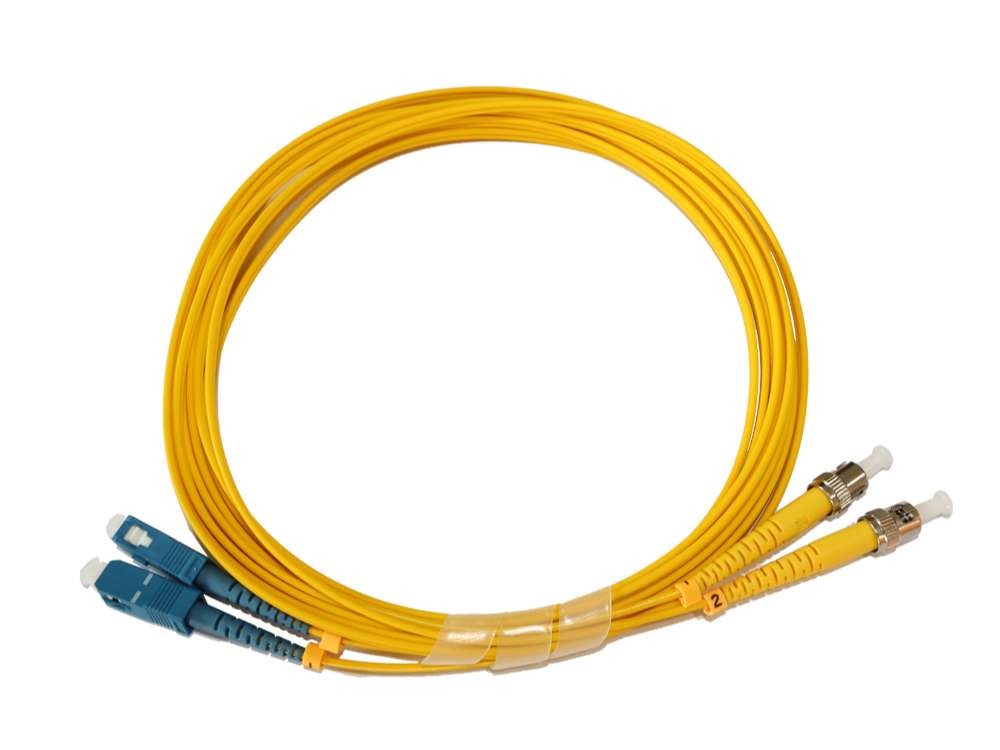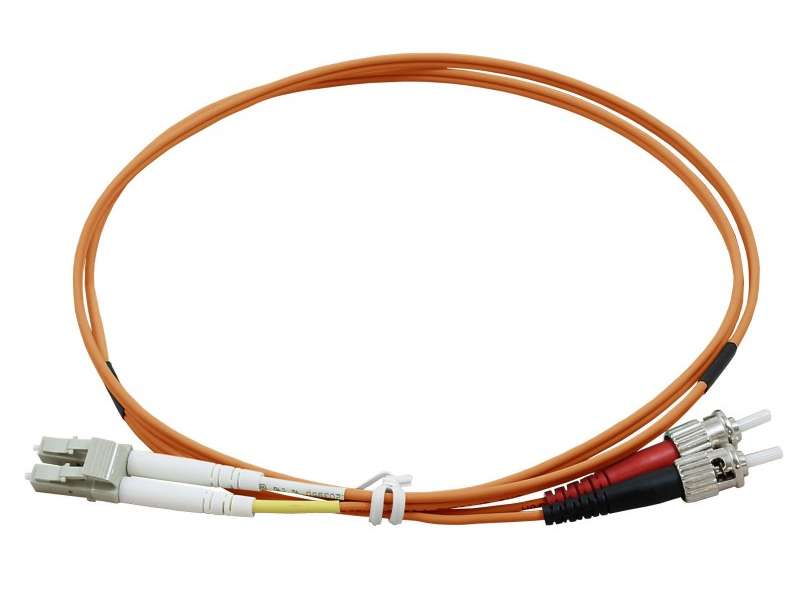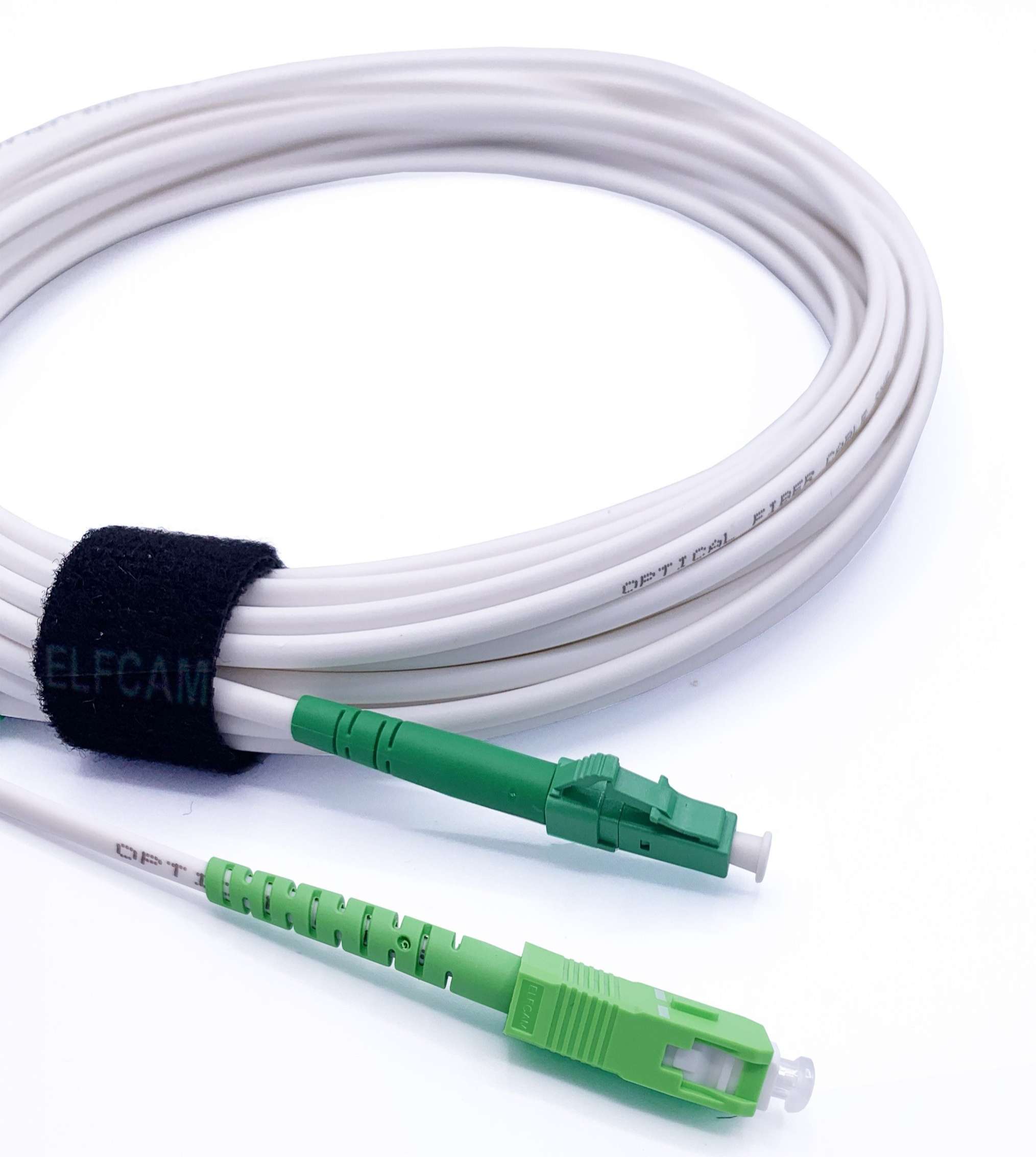Hybrid Fiber Connectors: Exploring Optic Patch Cable Solutions

Understanding Optic Patch Cables
Optic patch cables are an essential component for achieving seamless communication in networking. These cables enable the transmission of data, voice, and video signals over fiber optic networks. In this blog, we will explore the different types of optic patch cable solutions available to meet various connectivity needs.
Fiber optic patch cords serve as the bridge between different devices, connecting them through fiber optic cables. They consist of a core made of glass or plastic fibers surrounded by a protective cladding and jacket. The core facilitates the transmission of light signals, while the cladding ensures that the light remains confined within the core.
These cables come in various lengths and connector types, such as SC, LC, ST, and more. Each connector type is designed to fit specific applications and equipment. Fiber optic patch cords provide a reliable and efficient means of transmitting data across short or long distances.
Exploring Hybrid Fiber Connectors
Understanding Hybrid Fiber Connectors
Hybrid fiber connectors play a crucial role in networking by enabling seamless communication between different types of fiber optic cables. These connectors are designed to bridge the gap between various connector types, allowing for compatibility and flexibility in network setups.
Hybrid fiber connectors consist of a combination of connectors, such as SC/ST, LC/ST, and LC/SC. They are specifically engineered to connect different types of fiber optic connectors together. For example, an SC/ST hybrid connector can connect an SC connector on one end to an ST connector on the other end.
Construction and Functionality of Hybrid Fiber Patch Cords
Hybrid fiber patch cords are essential components that utilize hybrid fiber connectors. These patch cords are designed to connect devices or equipment with different connector types. They provide a seamless transition between different fiber optic connectors, ensuring efficient data transmission.
The construction of hybrid fiber patch cords involves combining the necessary connectors into a single cable assembly. This allows for easy connection and disconnection without the need for additional adapters or converters. The functionality of these patch cords lies in their ability to maintain signal integrity while bridging the gap between different connector types.
Hybrid fiber patch cords offer versatility and convenience in networking environments where multiple connector types are present. They simplify network setups by reducing the need for additional adapters or converters, saving time and effort during installation and maintenance.

Diving into Different Hybrid Connector Types
SC/ST Hybrid Connectors
SC/ST hybrid connectors are commonly used in certain networking applications where compatibility between SC and ST connectors is required. These connectors provide a seamless connection between devices or equipment that have different connector types.
The SC/ST hybrid connector combines the features of both SC and ST connectors, allowing for easy compatibility and interoperability. It consists of an SC connector on one end and an ST connector on the other end, enabling a smooth transition between these two connector types.
These hybrid connectors are often utilized in scenarios where there is a need to connect fiber optic cables with different termination styles. They offer flexibility and convenience by eliminating the need for additional adapters or converters, simplifying network setups.
LC/ST and LC/SC Hybrid Connectors
LC/ST and LC/SC hybrid connectors provide flexibility in connecting LC and ST connectors. These hybrid connectors are suitable for specific networking scenarios where devices or equipment with LC and ST connectors need to be interconnected.
The LC/ST hybrid connector combines the small form factor of the LC connector with the larger form factor of the ST connector. This allows for easy integration between devices that have different connector types, ensuring efficient data transmission.
Similarly, the LC/SC hybrid connector enables seamless connectivity between devices or equipment with LC and SC connectors. It offers versatility in networking environments where both LC and SC connectors are present.
These hybrid connectors expand the options available for connecting fiber optic cables with different termination styles, providing networking professionals with more flexibility in designing their networks.
Pros and Cons of Hybrid Fiber Patch Cords
Advantages of Hybrid Fiber Patch Cords
Hybrid fiber patch cords offer several advantages in networking environments. One of the key advantages is their versatility in connecting different types of connectors. These patch cords act as a bridge between devices or equipment with varying connector types, allowing for seamless communication.
By using hybrid fiber patch cords, the need for additional adapters or converters is significantly reduced. This simplifies network setups and saves time during installation and maintenance. With hybrid fiber patch cords, networking professionals can easily connect devices with different connector types without the hassle of finding compatible adapters.
Disadvantages of Hybrid Fiber Patch Cords
While hybrid fiber patch cords provide flexibility, they may introduce additional insertion loss compared to single-connector patch cords. Insertion loss refers to the reduction in signal strength that occurs when light passes through connectors or splices. It is crucial to consider this factor when using hybrid fiber patch cords, especially in applications where low loss is critical.
Compatibility and performance are also important considerations when using hybrid fiber patch cords. Since these cords involve connecting different types of connectors, it is essential to ensure compatibility between the connected devices. Additionally, careful attention must be given to the performance specifications of the hybrid fiber patch cord to ensure optimal signal transmission.
Overall, while hybrid fiber patch cords offer versatility and convenience in networking setups, it is important to weigh their advantages against potential disadvantages such as insertion loss and compatibility issues.

A Closer Look at Optic Patch Cable Solutions
Optic patch cables, especially hybrid fiber patch cords, play a vital role in achieving seamless networking. Understanding the different types of hybrid connectors and their pros and cons is crucial for networking professionals to make informed decisions.
When choosing optic patch cable solutions, it is essential to consider your specific networking needs and compatibility requirements. Optic patch cables offer a wide range of options, including different connector types and lengths, to suit various applications.
By selecting the right optic patch cable solution, you can ensure efficient data transmission and reliable connectivity. Whether it's connecting devices with different connector types or bridging long distances, optic patch cables provide the necessary infrastructure for seamless networking.
Remember to assess the advantages and disadvantages of hybrid fiber patch cords, such as their versatility in connecting different connectors versus potential insertion loss. This knowledge will help you make informed choices that align with your networking goals.
See Also
Understanding Different Types of Fiber Optic Adapters: A Comprehensive Guide
Exploring Fiber Optic Cable Types: Single-mode vs. Multi-mode
Discover the 8 Core Fiber Optic Terminal Box
Exploring IP68 Outdoor Fiber Optic Cables
Waterproof Connectors in FTTH Networks: Enhancing Performance and Reliability
About US
Follow Us
AnetFiber company's main products are indoor and outdoor optical fiber cables, outdoor waterproof pre-connected fiber-to-the-home products, PLC optical fiber splitters, optical fiber jumpers and pigtails, MTP®/MPO high-density big data product solutions, optical fiber field quick connectors and research and development molding, injection molding and production of optical fiber distribution boxes, optical fiber chassis cabinets, the market has expanded to the world, Europe, America, Asia, the Middle East and Latin America.
Address
Shenzhen City, Baoan District, Yanluo Street, Tangxiayong Community, Yangyong Industrial Road, Tonggangda New Energy Vehicle Park 406
Contacts
+86 199 2655 3586

